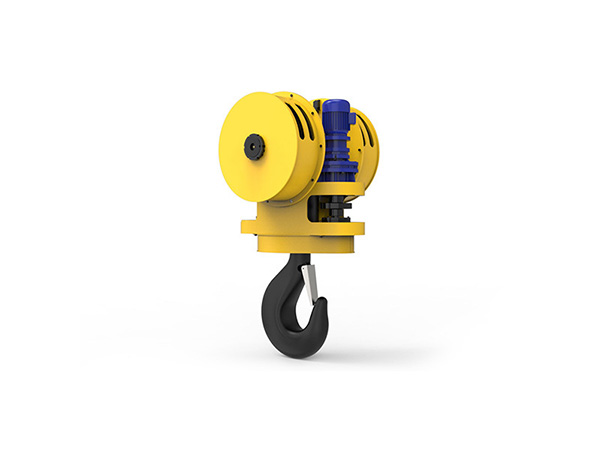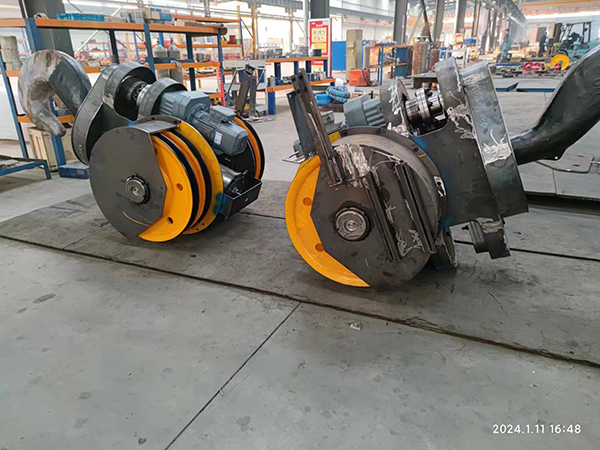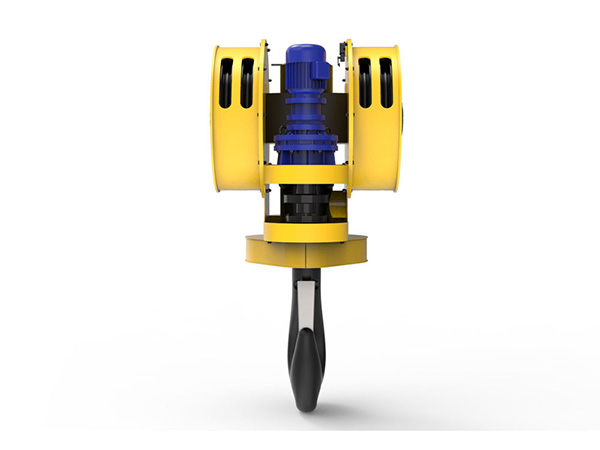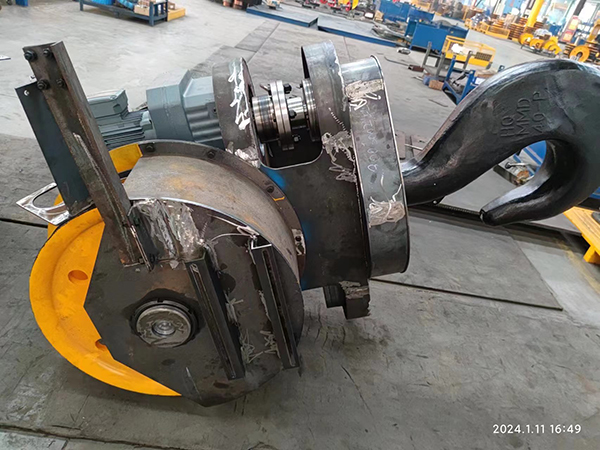







·Overview
A crane hook serves as an essential piece for attaching loads to a crane or hoist. Its purpose is to securely bear and lift target weights while facilitating effortless attachment and detachment.
Typically made of high-strength steel or alloy, crane hooks are engineered to endure the required weight of lifting jobs. Hooks come in diverse shapes and sizes, tailored to serve different applications and working loads. Safe to say the efficiency and safety of lifting operations are significantly influenced by the selected crane hook parameters.
Single and Double Crane Hooks:
Crane hooks can be classified into single and double types based on their configurations. Single crane hooks are suitable for machinery handling loads of up to 75 tons. They are easy to use in different variants. In contrast, double crane hooks share a similar design but offer increased working load capacities, making them dependable for handling heavier loads exceeding 75 tons.
Closed and Semi-Closed Crane Hooks:
When considering ingress protection grade, you have the option to choose between closed and semi-closed crane lifting hooks. While closed crane hooks may be more challenging to operate and consume more time, they offer the highest level of safety measures. Semi-closed crane hooks strike a balance by providing enhanced security compared to standard lifting hooks, all while being relatively easier to attach, detach, and maintain compared to closed hooks.
Forged and Laminated Crane Hooks:
Crane hooks can be categorized based on their manufacturing methods into forged and laminated types. Forged crane hooks are crafted from a single piece of high-quality, low-carbon steel and are slowly cooled to ensure optimal stress resistance. In contrast, laminated crane hooks are composed of multiple steel plates riveted together, offering increased safety and improved performance, particularly under high-temperature conditions.
Process Map
Applications
For intelligent and specialized cranes